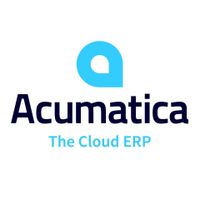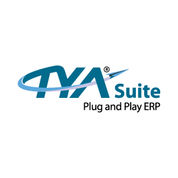TYASuite Cloud ERP Software is a ERP Software. TYASuite Cloud ERP Software offers Warehouse Management, Sales, Stock Management, Financial Management, Asset Management and many more functionalities.
Some top alternatives to TYASuite Cloud ERP Software includes TYASuite Project Management Software, exactllyERP, abas ERP, BizAutomation Cloud ERP and TYASuite Asset Management Software.
Yes, TYASuite Cloud ERP Software provides API.
No, TYASuite Cloud ERP Software doesn't provide mobile app.
TYASuite Cloud ERP Software is located in Bangalore, India
TYASuite Cloud ERP Software offers Subscription pricing model
The starting price is not disclosed by TYASuite Cloud ERP Software. You can visit TYASuite Cloud ERP Software pricing page to get the latest pricing.


















